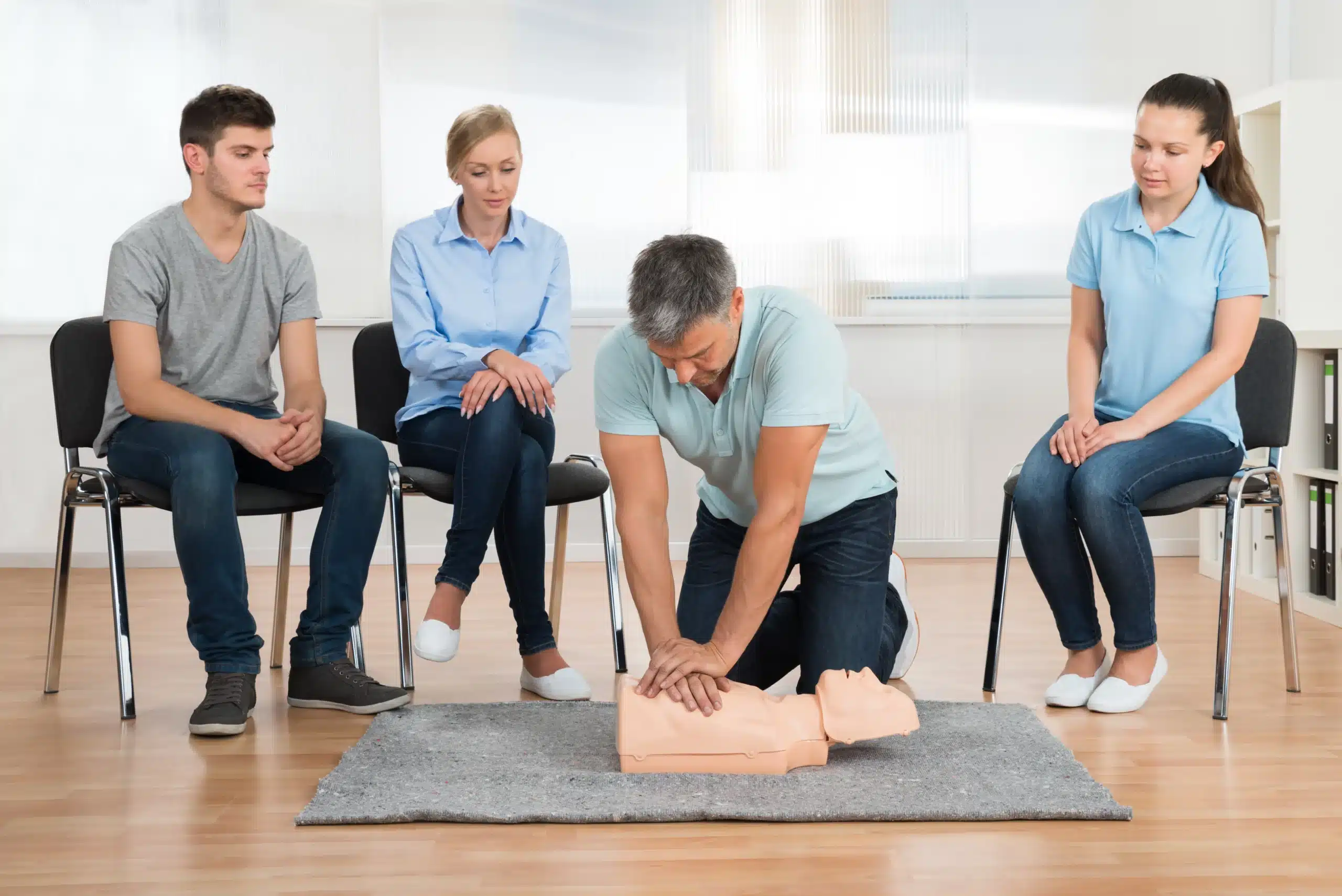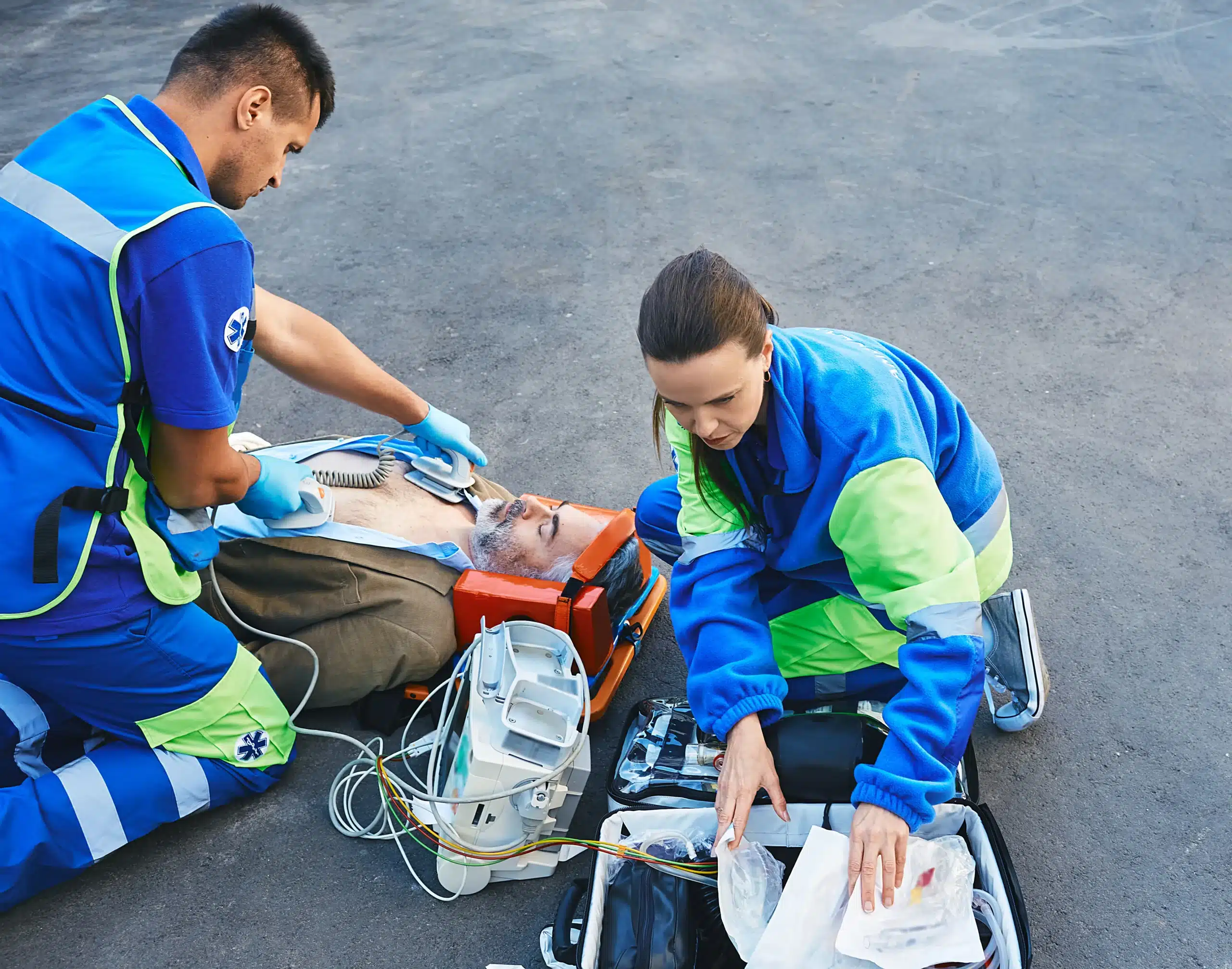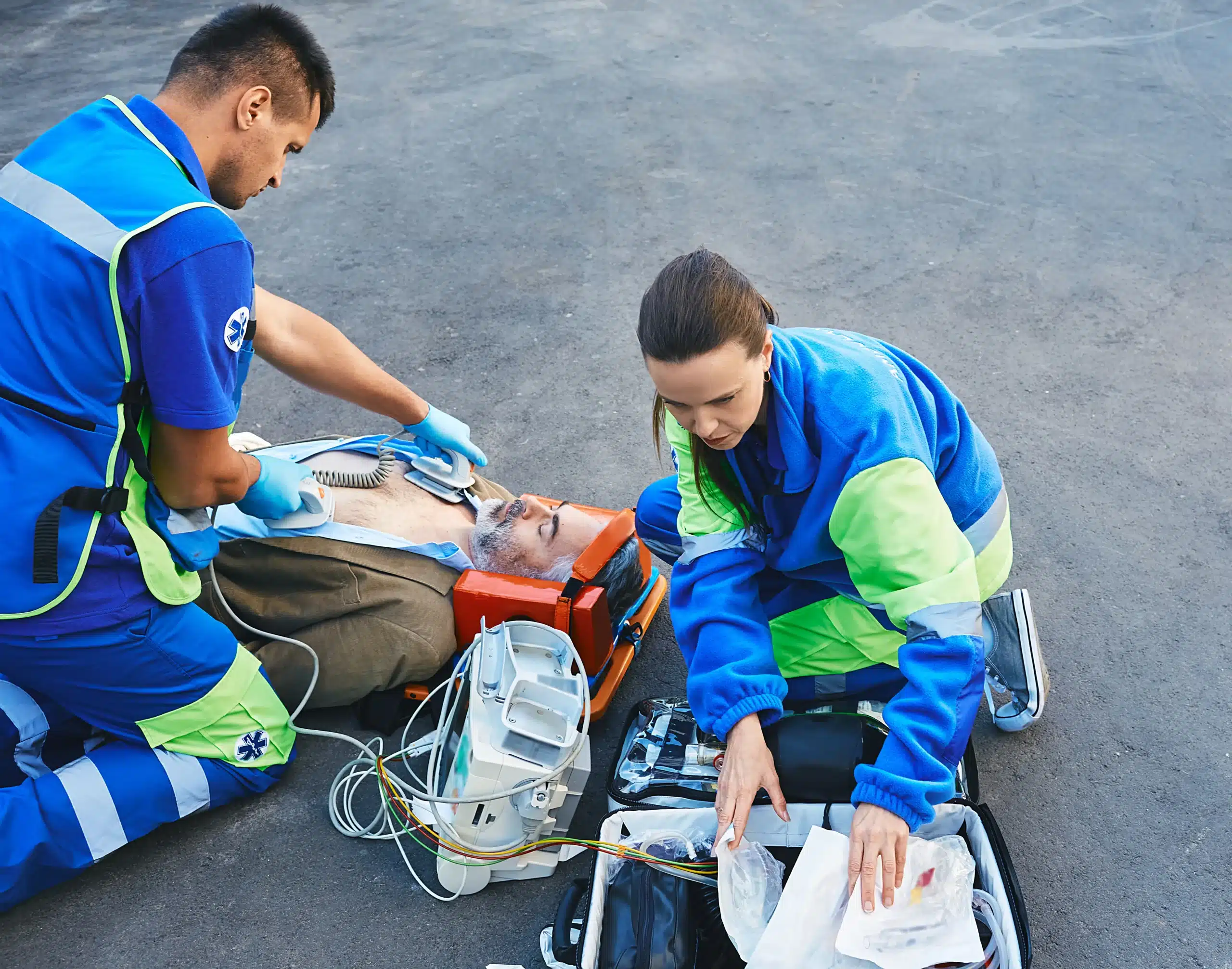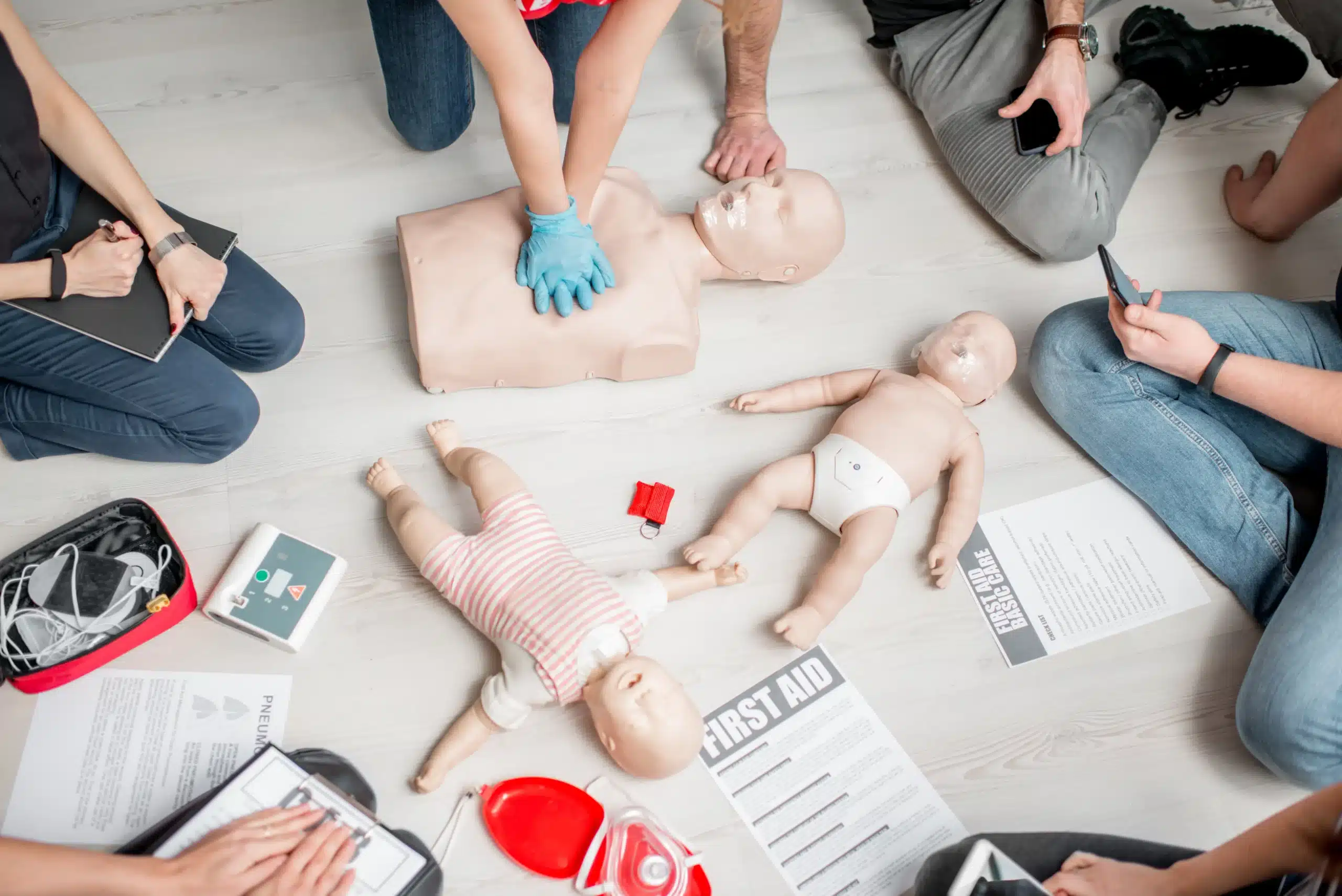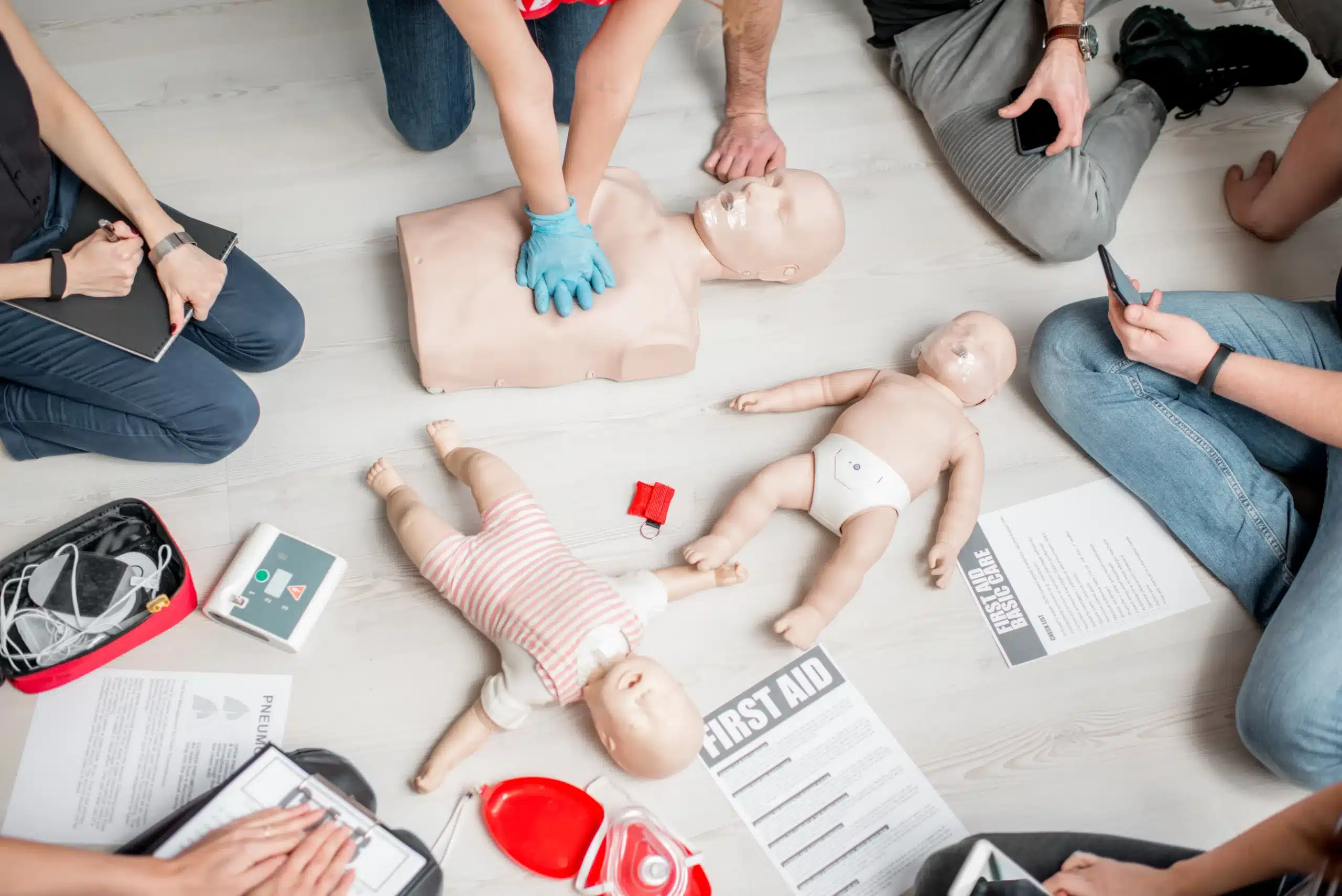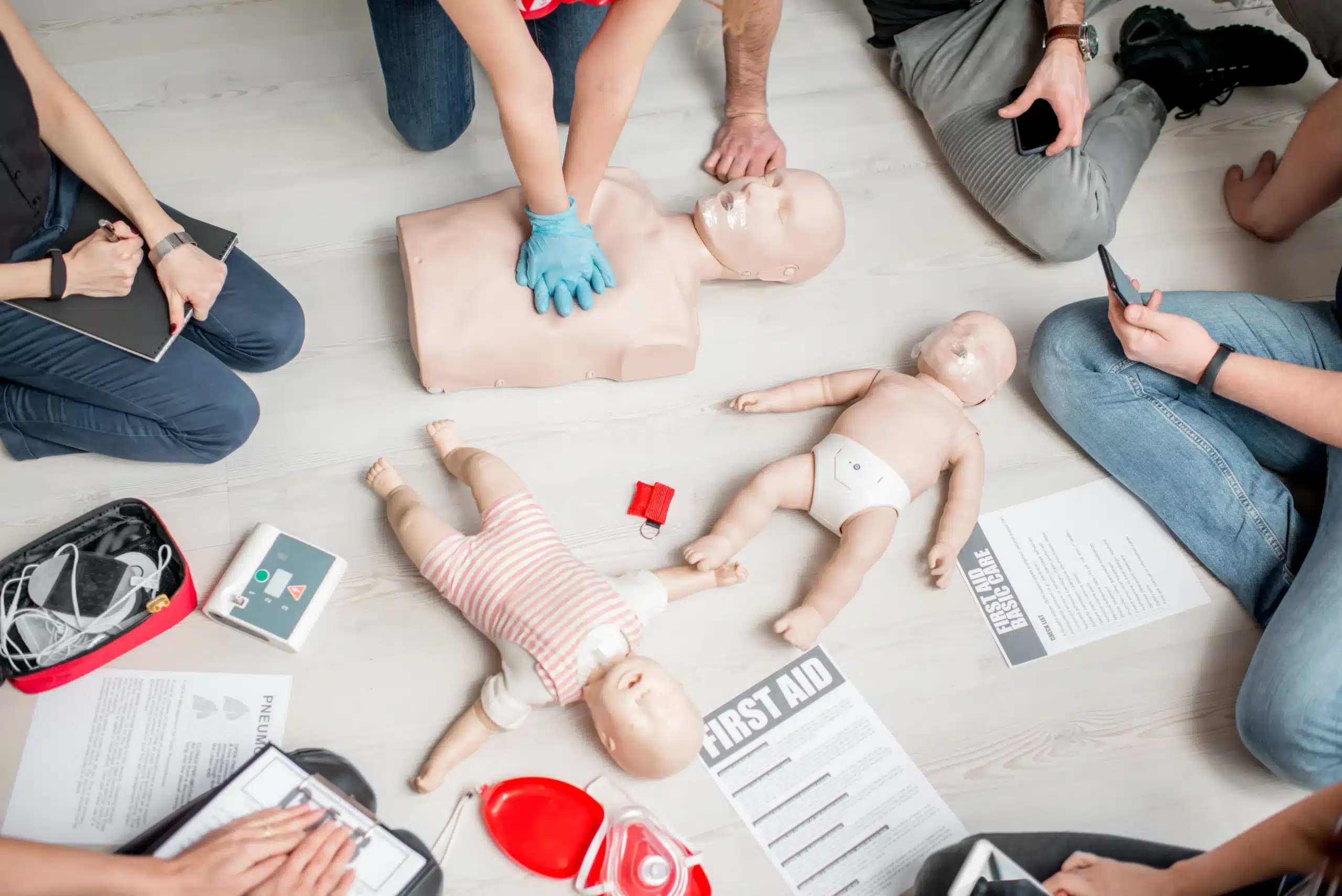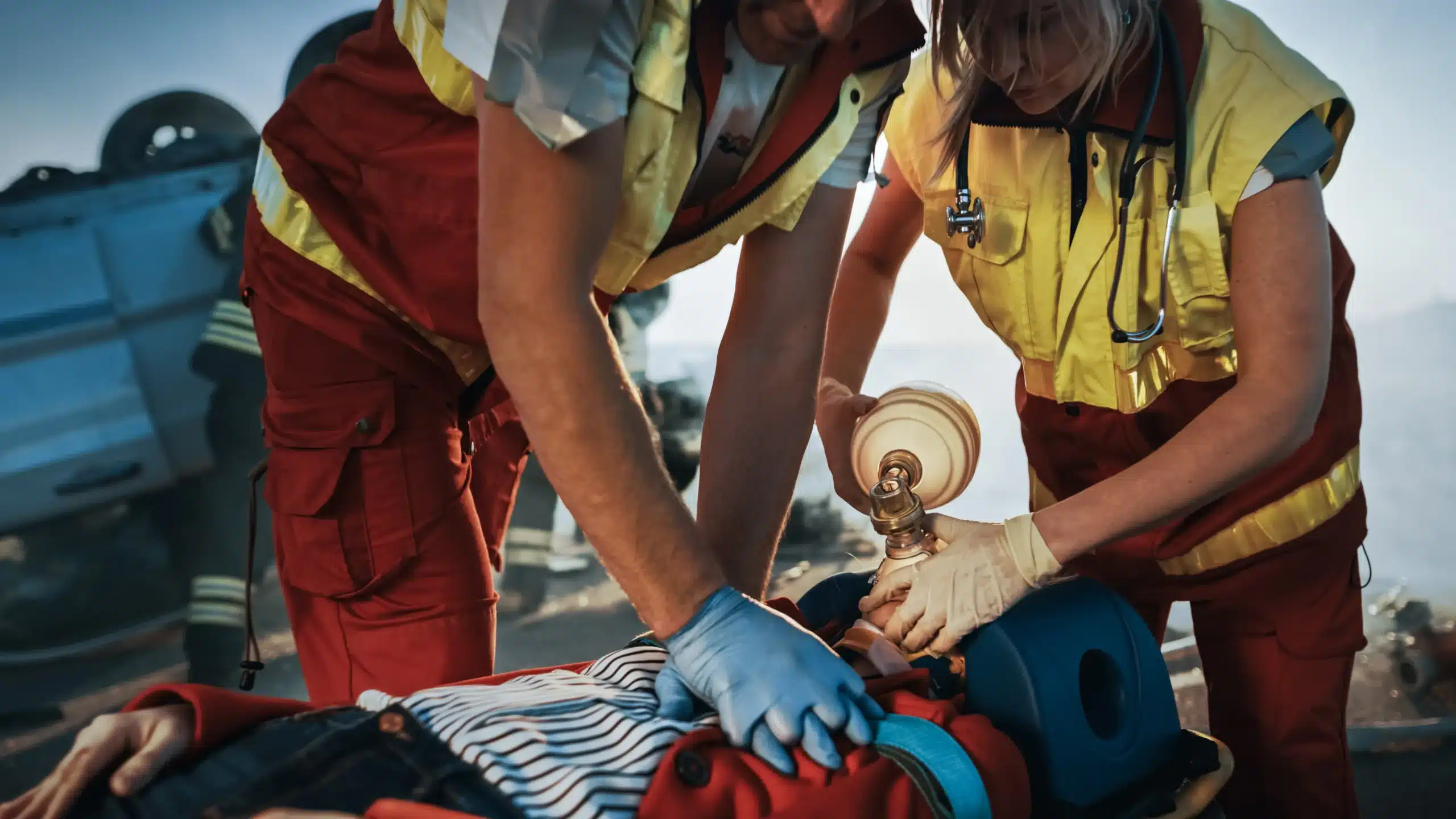Medical emergencies can happen anytime, anywhere. Would you know what to do? BLS training equips you with the skills to respond effectively and potentially save a life. This guide explores the world of Basic Life Support (BLS) training, answering common questions and providing practical advice on finding “bls training near me.” We’ll cover the essential skills taught in BLS courses, the various training options available, and how to choose the right program for your learning style and schedule. We’ll also discuss the costs and time commitment involved, so you can feel confident and prepared to take this important step.
Key Takeaways
- BLS training equips you with life-saving skills applicable to various emergencies. From CPR and AED use to relieving airway obstructions, these skills can make a crucial difference.
- Choosing the right BLS course involves considering your learning style, budget, and schedule. Explore in-person, online, and hybrid options to find the format that best suits your needs and preferences. Look for AHA-accredited providers with qualified instructors.
- Investing in BLS certification benefits both individuals and communities. Whether required for your profession or for personal preparedness, BLS training empowers you to confidently respond to medical emergencies.
What is BLS Training & Why Do You Need It?
Knowing how to respond to a medical emergency can make all the difference. Basic Life Support (BLS) training equips you with the skills to act quickly and confidently in such situations. This section covers the essentials of BLS training and why it’s so important.
What is BLS? Why is it Important?
BLS certification focuses on providing immediate care during life-threatening emergencies. These skills include CPR, using an automated external defibrillator (AED), and relieving airway obstructions. Comprehensive BLS training increases the chance of survival during cardiac arrest. It emphasizes early intervention and high-quality CPR, both crucial for positive outcomes. BLS-certified individuals play a vital role in stabilizing patients until professional medical help arrives.
Who Needs BLS Certification?
BLS certification is beneficial for a wide range of people, from healthcare professionals to concerned community members. It’s often required for healthcare providers, including doctors, nurses, paramedics, and other medical personnel. But BLS training isn’t just for medical professionals. Anyone can benefit from these lifesaving skills, including teachers, coaches, childcare providers, parents, and other community members. Whether you’re new to BLS or seeking recertification, various courses cater to different experience levels. Regular recertification ensures your skills are current and you’re prepared to respond effectively in an emergency.
Find Top BLS Training Near You
Finding the right BLS training program is easier than you think. Several organizations and institutions offer comprehensive courses. Here’s a breakdown of where to look:
Safety Training Seminars
Dedicated training centers, like our organization, often provide AHA-certified BLS training in convenient locations. These courses cover essential life-saving techniques and often offer flexible scheduling. Many providers also offer on-site training for larger groups. Contact local training centers to find one that fits your needs.
American Red Cross
The American Red Cross offers BLS certification and recertification courses designed for healthcare providers and first responders. They frequently use a blend of online learning and in-person skills sessions. See if this format works for your learning style.
American Heart Association
The American Heart Association sets the standard for BLS training. While a skills assessment must be done in person, many authorized training centers offer the online portion of the course through the AHA. This blended approach allows flexibility while ensuring competency.
Local Hospitals & Medical Centers
Many hospitals and medical centers offer BLS certification courses to both staff and the community. These courses often emphasize practical application and provide access to experienced instructors and advanced medical simulation equipment. Check with your local hospitals to explore their programs.
Community Colleges
Community colleges frequently offer BLS training as part of their continuing education programs. These courses can be a cost-effective option and may provide opportunities for academic credit or career advancement. They’re a great resource for those entering the healthcare field or enhancing existing skills.
Choose the Right BLS Training Format
Finding the right BLS training format depends on your learning style and schedule. Let’s break down the most common options: in-person, online, and hybrid classes.
In-Person Classes: Hands-on Learning
In-person BLS classes prioritize hands-on learning. You’ll practice essential skills like CPR, AED usage, and airway management with qualified instructors. This direct interaction allows for immediate feedback and personalized guidance, which can be invaluable for mastering these techniques. This hands-on training is often best for those who learn through tactile experiences and real-time interaction.
Online Courses: Flexibility & Convenience
If your schedule is packed, an online BLS course offers flexibility and convenience. These nationally accepted programs allow you to learn at your own pace, fitting the training around your existing commitments. Many platforms offer instant access to your certification card upon successful completion, streamlining the entire process. However, be aware that some online courses may present technical challenges, such as slow loading times or difficulties with interactive elements.
Hybrid Options: Combining Online & In-Person
Hybrid BLS training blends the best of both worlds. You’ll cover the theoretical material online at your own speed, then attend an in-person session for a hands-on skills evaluation. The American Heart Association often uses this format, ensuring you gain both the knowledge and practical skills needed to respond effectively in an emergency. This approach is ideal for those who appreciate self-paced learning but also value the reinforcement of in-person practice.
Factors to Consider When Choosing a Format
Beyond the basic format, consider a few other factors. If you’re a non-native English speaker, ensure the course materials and instruction accommodate any language barriers. Also, think about your learning style. Some people thrive in traditional classroom settings, while others prefer self-directed learning. Research suggests that alternative methods, like DVD-based instruction combined with self-practice, can be just as effective as in-person courses. Ultimately, the best format is the one that allows you to confidently grasp the material and perform life-saving skills.
Understand BLS Training Costs & Time Commitment
Before you sign up for a Basic Life Support (BLS) class, it’s helpful to understand the costs involved and the time commitment required. Knowing this information upfront helps you budget accordingly and choose a course that fits your schedule.
Average BLS Course Costs
BLS course costs can vary based on your location, the training provider, and whether you choose an in-person or online format. Generally, in-person BLS certification courses range from $70 to $100. Online BLS courses are sometimes available at a lower price point, but keep in mind that in-person training offers valuable hands-on practice. Our low price guarantee ensures you’re getting the best possible value.
Common Discounts & Package Deals
Many training centers, including Safety Training Seminars, offer discounts for certain groups like students, military personnel, or groups registering together. Check with your chosen provider to see if any discounts apply to you. Some training centers also offer package deals that combine BLS certification with other courses like First Aid or CPR. This can be a cost-effective way to gain multiple certifications at once. We encourage you to explore our various course offerings to see what best suits your needs.
Course Duration & Scheduling
BLS courses are designed to be comprehensive yet manageable. A typical BLS course takes between four and five hours to complete, including both classroom instruction and hands-on skills practice. Safety Training Seminars offers a variety of course schedules to accommodate busy lifestyles, including weekday, evening, and weekend options. Check our website for upcoming BLS course dates and times.
Certification Validity & Renewal
Once you’ve earned your BLS certification, it’s typically valid for two years. To maintain your skills and stay current with the latest guidelines, you’ll need to renew your certification before it expires. Renewal courses are generally shorter than initial certification courses and cover any updates to procedures. Set a reminder to renew your certification in advance to avoid a lapse in your credentials. Safety Training Seminars offers convenient RQI classes for recertification.
Select the Best BLS Training Provider
Choosing the right BLS training provider is crucial for a valuable learning experience. Here’s what to look for:
Key Factors to Consider
Basic Life Support (BLS) certification equips you with life-saving skills, so finding a reputable training provider is essential. Consider factors like cost, schedule, location, and the provider’s reputation. Think about your learning style. Do you prefer hands-on instruction or the flexibility of online learning? A provider that aligns with your needs will make your BLS training more effective.
Accreditation & Instructor Qualifications
Ensure your chosen provider offers AHA-accredited BLS training based on the latest ECC and ILCOR guidelines. This guarantees up-to-date, relevant instruction. Verify instructor qualifications. Experienced, certified instructors create a better learning environment. Safety Training Seminars is an example of a training center with certified instructors. They offer a range of courses, including ACLS and EMSA Child Care Health & Safety.
Check Reviews & Ratings
Before committing to a provider, see what other students say. Online reviews offer insights into the quality of instruction, course materials, and overall experience. Look for comments about the clarity and thoroughness of the training, and the helpfulness of the instructors.
Questions to Ask Potential Providers
Don’t hesitate to contact potential providers directly. Ask about their course format, class size, and the type of equipment used. Inquire about the certification process and how long it takes to receive your BLS certification card. A provider like Safety Training Seminars offers various courses, including RQI classes, and has a low price guarantee. Asking questions upfront ensures the program meets your needs.
Addressing Language Barriers & Cultural Needs
If you’re a non-native English speaker, find a provider that accommodates language barriers. Multilingual materials or instructors fluent in your native language can significantly improve comprehension. Some providers also address cultural nuances in their training. Discuss any specific needs with the provider beforehand to ensure a comfortable learning environment.
Related Articles
- BLS Certification in Pleasant Hill: A Complete Guide
- BLS Courses in Concord: Find the Right Class for You – Walnut Creek CPR Classes
- BLS Training in Pleasant Hill: Your Guide – Walnut Creek CPR Classes
- BLS for Healthcare Providers in Pleasant Hill – Walnut Creek CPR Classes
- BLS for Healthcare Providers in Walnut Creek: A Complete Guide – Walnut Creek CPR Classes
Frequently Asked Questions
What’s the difference between BLS and CPR?
CPR is a specific technique used within BLS. Think of BLS as the broader approach to life support, encompassing CPR, AED use, and relieving choking. BLS training provides a more comprehensive skill set for responding to various medical emergencies.
How long does my BLS certification last, and how do I renew it?
BLS certification is typically valid for two years. You’ll need to take a recertification course, sometimes called an RQI class, to renew your credentials and stay up-to-date on the latest guidelines. Check with your certifying organization or training center for specific renewal requirements.
What if I have a busy schedule? Are there flexible BLS training options?
Absolutely! Many providers offer weekend and evening classes, as well as online or hybrid courses that blend online learning with in-person skills sessions. This allows you to complete the coursework at your own pace and choose a schedule that works best for you.
How much does a BLS course cost, and are there any discounts available?
Costs vary depending on the training provider and course format. In-person classes typically range from $70 to $100. Many providers offer discounts for students, military personnel, or group registrations. Be sure to ask about potential discounts when you contact a training center.
How do I choose the right BLS training provider?
Look for providers offering AHA-accredited courses and experienced, certified instructors. Check online reviews and ratings to get a sense of other students’ experiences. Don’t hesitate to contact providers directly and ask about their course format, class size, and any other factors important to you.
